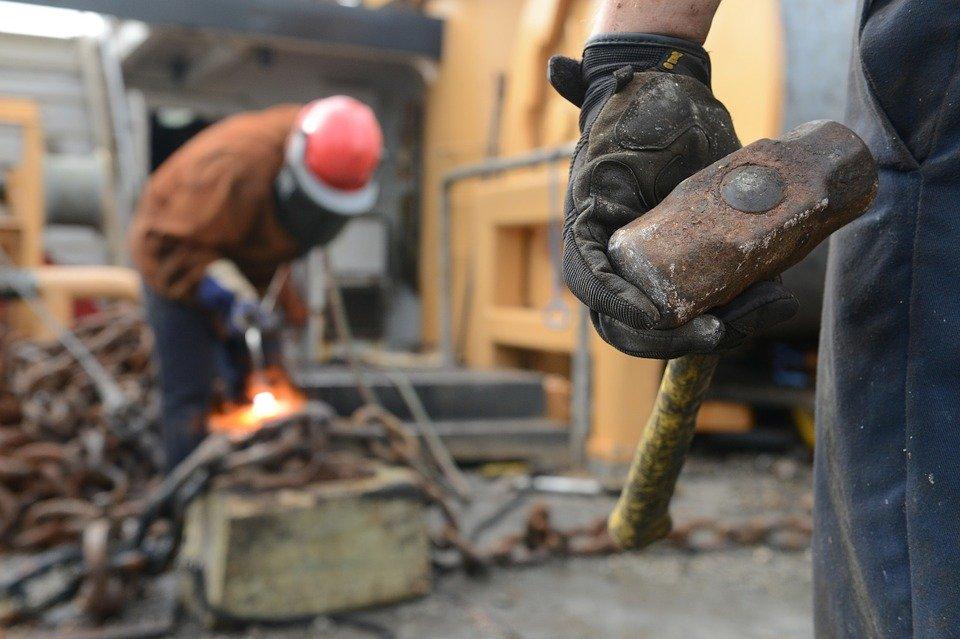
Workers’ compensation was created to help financially support employees in a time of need after injury. However, new trends in worker demographics may signal changes in the cost burden for employers. People are working beyond the retirement age. Some employees may enjoy working and may not yet find retirement appealing. Others may need to work because they do not have sufficient savings. Still, other employees may have a unique skillset that is not found in the young workforce. Whatever the reasons, the facts are clear: The age of the average worker is increasing.

(Pixabay / skeeze)
Older Workers
Statistics show that older employees do not get injured as much as their younger counterparts. However, when they do get injured, they take longer to rebound.
Employers must take this longer recovery time, along with its related expenses, into account. Extended recoveries add up quickly in terms of insurance costs. With a pool of older workers, the insurance premiums will increase correspondingly. As older workers take time to heal from their injuries at home or in the hospital, there will also be a loss of productivity in the workplace.
Obese Workers
Another key metric is the average weight of employees. Obesity is a growing trend in the general population, and there are plenty of health risks associated with being overweight.
- heart disease
- hypertension
- diabetes
- joint problems
- muscle pain
- and other issues that will reflect in higher medical bills.
What Workers Can Do
Getting older is inevitable, but workers can stay healthy and be vigilant in the workplace to prevent injuries.
To minimize the chances of obesity, employees can develop a habit of regular exercise and healthy eating. Many companies sponsor programs that help workers lose weight, but they cannot force an employee’s hand. Workers should be proactive in staying fit. There are many advantages to staying in shape, including improved health and lowered risk of injuries. Not to mention enjoying an enhanced quality of life.
Employers benefit, too. When their employees are in shape, there is improved company moral, increased productivity, and less workplace accidents which means less workers’ compensation claims.
